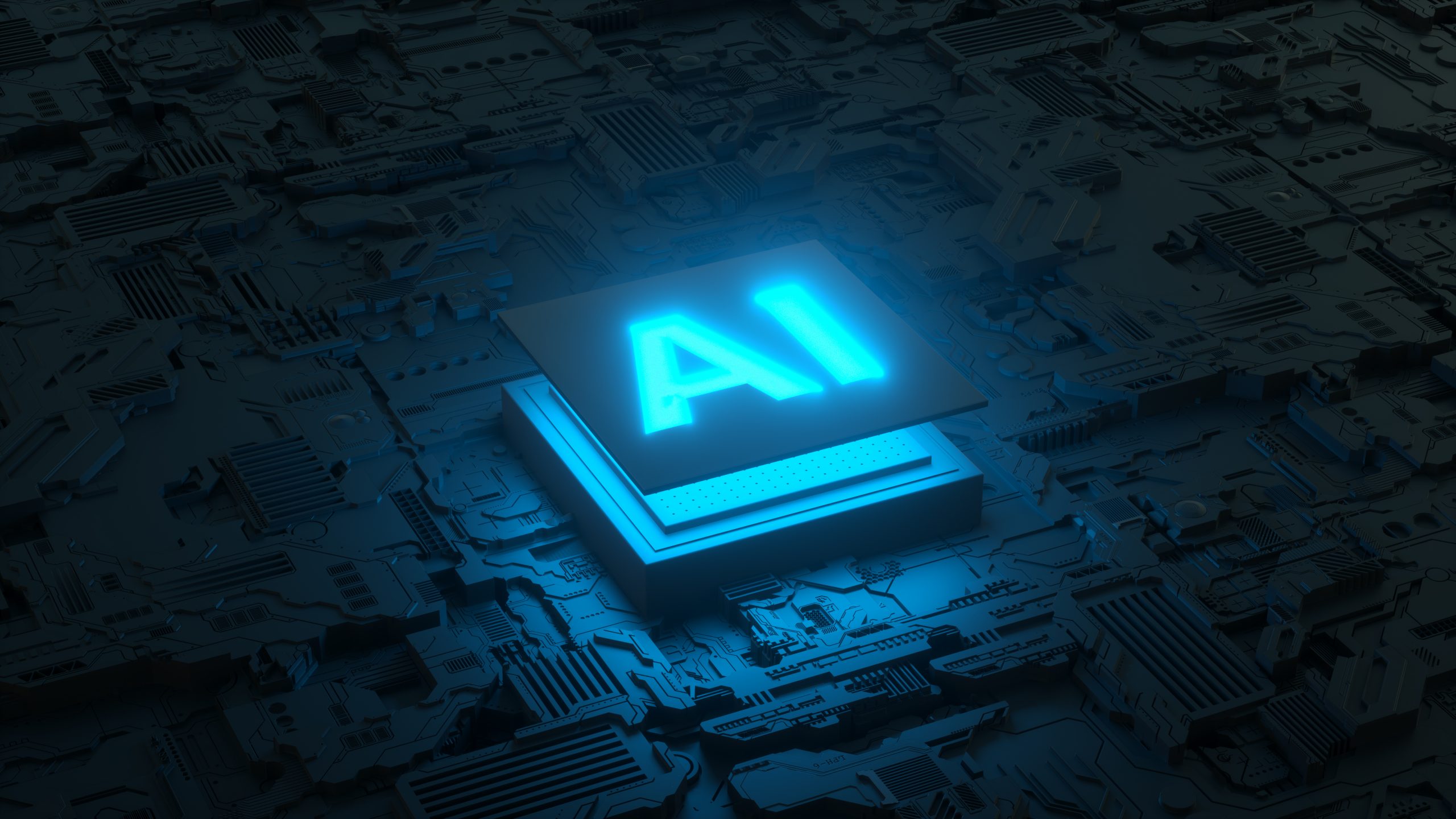ChatGPT is a state-of-the-art language model developed by OpenAI, one of the leading artificial intelligence research organizations in the world. It is a variant of the GPT (Generative Pre-trained Transformer) model, which was first introduced in 2018. The GPT model was trained on a massive corpus of text data and was able to generate human-like text by predicting the next word in a given sentence or paragraph.
OpenAI: The Pioneers of Safe and Beneficial AI
OpenAI is a cutting-edge artificial intelligence research lab that was founded in December 2015 by a group of tech industry leaders including Elon Musk, Sam Altman, Greg Brockman, Ilya Sutskever, and Wojciech Zaremba. The organization was created with the goal of creating safe and beneficial AI, and it has quickly become one of the most influential players in the field of AI research.
The history of OpenAI begins in the early days of the organization, when the founders were still working on the concept. They believed that AI had the potential to revolutionize the world and transform many industries, but they were also concerned about the potential risks of AI and the need to ensure that it is used for the benefit of all people.
The Founders of OpenAI: A Vision for the Future of AI
To achieve their goal, the founders set out to create an organization that would focus on developing safe and beneficial AI, and that would be open and transparent about its research. The organization was created as a non-profit, and it was designed to be a research lab rather than a commercial venture.
In the early days of OpenAI, the organization focused on building a team of top AI researchers and engineers, and on developing a research roadmap that would help to guide its work. The team quickly made a number of breakthroughs in the field of AI, including the development of the first deep learning algorithms that could learn to play video games at a superhuman level.
Over the years, OpenAI has continued to make significant contributions to the field of AI research, including the development of new algorithms and models, the creation of large-scale AI systems, and the launch of several major initiatives such as the OpenAI Gym, which is a platform for training and testing AI agents in simulated environments.
Defining the future with ChatGPT
The GPT model was a breakthrough in the field of natural language processing, as it was able to generate text that was almost indistinguishable from text written by humans. However, it did have some limitations, such as difficulty in understanding context and generating coherent text in long-form. This led to the development of the GPT-2 model, which was able to generate even more human-like text and had improved context understanding.
But OpenAI did not stop there, in 2020 OpenAI introduced ChatGPT, an extension of the GPT-2 model specifically optimized for conversational applications. ChatGPT was designed to understand and respond to natural language inputs in a way that mimics human conversation. ChatGPT has been trained on a large dataset of conversational interactions, and has been fine-tuned to perform well on a wide range of tasks, such as answering questions, generating dialogue, and engaging in chat-based interactions.
Understand the conversation to response in a personalized way
One of the key features of ChatGPT is its ability to understand the context of a conversation and respond in a natural and coherent manner. This is achieved by using a technique called transfer learning, which allows the model to adapt its understanding of language based on the task it is being used for. For example, ChatGPT can be fine-tuned to understand the language used in customer service interactions or technical support tickets.
Another feature of ChatGPT is its ability to generate personalized responses. This allows the model to take into account the user’s interests and preferences when generating a response. For example, a user who is interested in sports could be provided with sports-related responses when chatting with ChatGPT.
ChatGPT cooperates with other tools
ChatGPT also allows for integration with other AI models and tools, like Natural Language Understanding (NLU) and dialogue management, which allow for more advanced interactions and more human-like conversation.
The applications of ChatGPT are wide-ranging, and it has been used in a variety of industries, such as customer service, e-commerce, and entertainment. In customer service, for instance, ChatGPT can be used to automatically respond to common customer queries, freeing up human representatives to handle more complex issues. In e-commerce, ChatGPT can be used to provide personalized recommendations to customers based on their browsing history and purchase history. And in entertainment, ChatGPT can be used to generate script and dialogue for movies, television shows, and video games.
The first step with a powerful tool
Today, OpenAI is widely recognized as one of the most influential organizations in the field of AI research, and it continues to be at the forefront of the development of safe and beneficial AI. With a talented team of researchers and engineers, and a commitment to open and transparent research, OpenAI is well positioned to continue to make significant contributions to the field of AI in the years to come.
Overall, ChatGPT represents a major step forward in the field of natural language processing and conversational AI. Its ability to understand context and generate personalized responses make it a powerful tool for a wide range of applications. As technology continues to advance and more data becomes available for training, it is likely that we will see even more sophisticated and human-like conversational models in the future.
It’s worth noting that, OpenAI is constantly updating the models. While the current most advanced models are GPT-3 and GPT-4, they keep on introducing new capabilities and fine-tuning the models.




